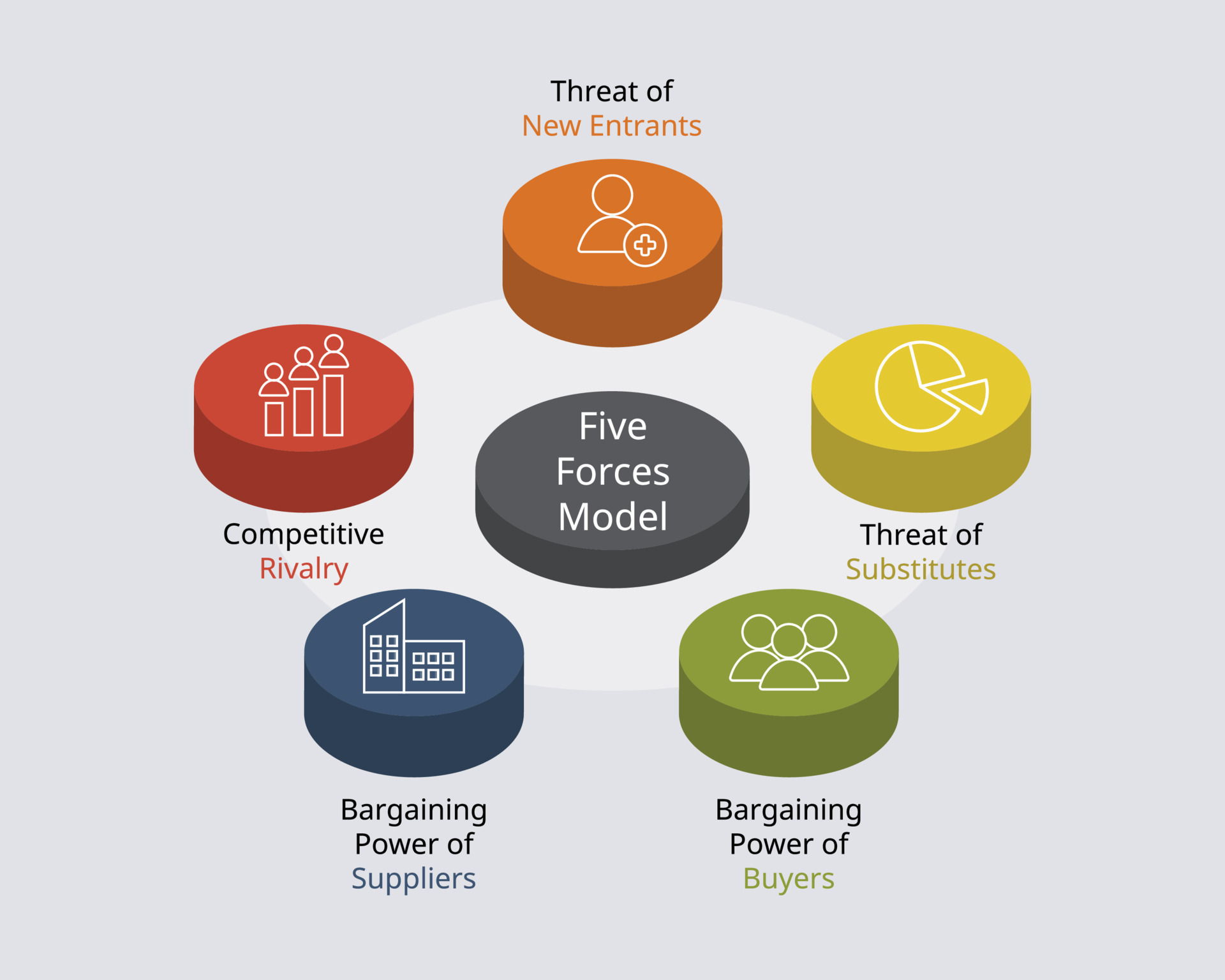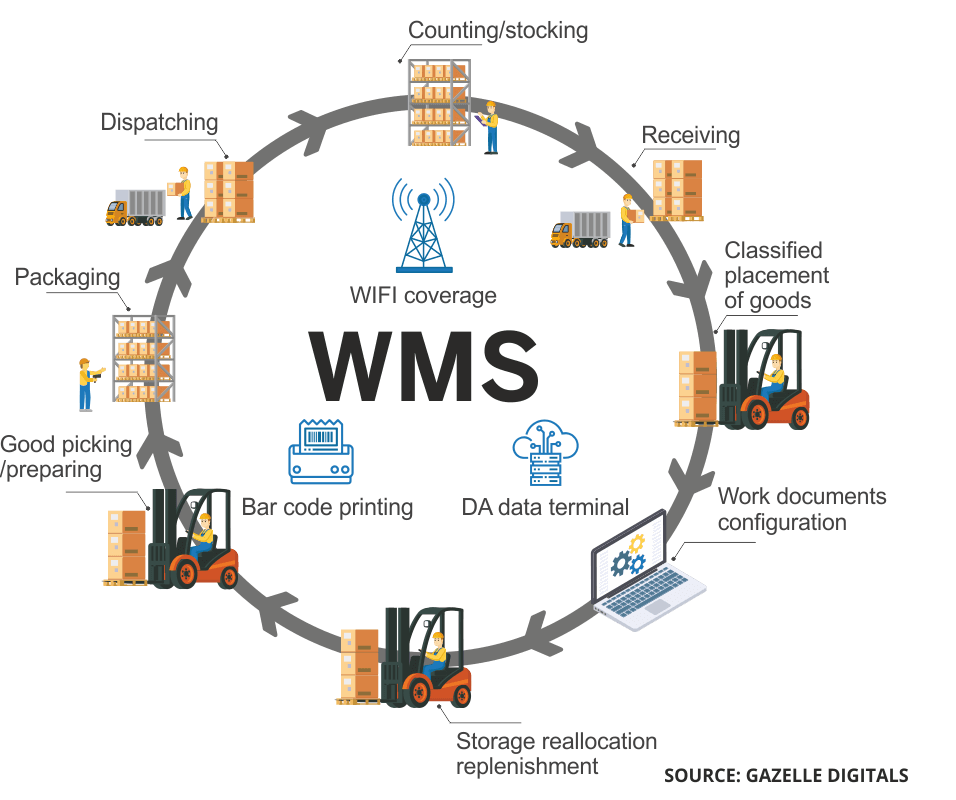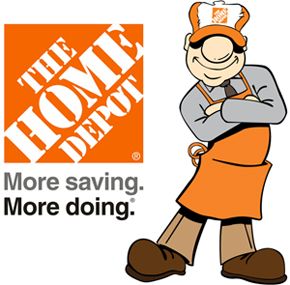Business Strategy


Industry Profitability:
The Home Depot's industry is profitable currently, but they need to be conscious of their competition as innovation is occurring in their industry. Although Home Depot is well known in the industry they should also adapt to changing consumer preferences to maintain and grow their market share. Looking at Yahoo Finance, Home Depot's income statement showed that in January 2023 their earnings after expenses was seventeen million. This is a slight increase from the previous year earnings, which was sixteen million.
Competitive Strategy - Sebastian Vasquez
Michael Porter's differentiation focus strategy, which focuses on specific segments of the market and provides differentiated goods or services that are valued by those in that segment, is closely aligned with Home Depot's competitive strategy. For example, Home Depot customizes its products to the unique requirements and preferences of the home improvement industry's do-it-yourself (DIY) market segment. One of the leading retailers of home improvement products, Home Depot, has a wide selection of products for improvement, from appliances to building materials to gardening supplies. This wide range of options caters to a diverse customer base with different requirements and preferences. As it was mentioned in the beginning, Home Depot targets DIY enthusiasts by providing resources, workshops, and tutorials to help customers complete home improvement projects independently. This focus caters to a specific segment of the market and sets Home Depot apart from competitors that may primarily target professional contractors.
Home Depot, a multi-billionaire dollar company in the home improvement retail industry, prioritizes a competitive strategy focused on differentiation and cost leadership. A competitive strategy focused on both differentiation and cost leadership provides several benefits to Home Depot:
Market Differentiation By offering a wide range of high-quality products and services, Home Depot distinguishes itself from their market competitors. Customers perceive Home Depot as a one-stop destination for all their home improvement needs. This includes building materials, appliances, tools, and services such as installation and design consultations.
Brand Loyalty Home Depot has built a reputation for high-quality products, well-educated staff members, and excellent customer service. These qualities create strong brand loyalty. Loyal customers are more likely to choose Home Depot over their competitors because of their positive experiences and trust in the brand.
Increased Customer Value Through cost leadership, Home Depot can offer competitive prices without compromising product quality. This approach provides customers with excellent value for their money, enhancing their overall shopping experience and satisfaction.
Economies of Scale Home Depot's large scale of operations allows it to benefit from economies of scale in purchasing, distribution, and operations. By buying in bulk and optimizing its supply chain, Home Depot can lower its costs and maintain competitive pricing, further solidifying its cost leadership position.
Competitive Advantage The combination of differentiation and cost leadership creates a sustainable competitive advantage for Home Depot. Home Depot’s competitors find it challenging to replicate Home Depot's extensive product assortment, customer service standards, and pricing strategy, giving Home Depot a strong position in the market.
Flexibility in Pricing Home Depot's cost leadership strategy enables it to be flexible in pricing while still maintaining profitability. This flexibility allows Home Depot to respond effectively to fluctuations in the market, competitive pressures, and changes in customer preferences. This ensures that Home Depot not only retains their market dominance but continues to grow and record profits.
Resilience to Economic Fluctuations Home Depot's dual focus on differentiation and cost leadership makes it resilient to economic downturns. During periods of economic uncertainty, customers may prioritize value and affordability, which plays to Home Depot's strengths in offering competitive prices without sacrificing quality.
How does this competitive strategy address the threats from Porter's Five Forces?
Threat of New Entrants Home Depot's large scale of operations and extensive network of stores create significant barriers to entry for new competitors. The company benefits from economies of scale, allowing it to purchase products at lower costs and offer competitive prices to customers, making it difficult for new entrants to compete solely on price. Home Depot’s strong brand reputation and customer loyalty also act as barriers to new entrants.
Bargaining Power of Suppliers Home Depot's size and market dominance allow the company to position itself with significant bargaining power over suppliers. The company works closely with suppliers to negotiate favorable terms, including pricing, delivery schedules, and product quality. This also reduces the bargaining power of suppliers.

Bargaining Power of Buyers Home Depot's vast product selection and competitive pricing help mitigate the bargaining power of individual buyers. The company also offers various services such as home installation and design consultations. This enhances the company’s overall value proposition for customers and reduces their power to negotiate lower prices.
Threat of Substitute Products While there may be alternatives to purchasing products from Home Depot, such as shopping at other home improvement retailers or online platforms, Home Depot's extensive product range, competitive pricing, and convenient store locations make it a preferred choice for many customers. Additionally, the company's focus on customer service and expertise in the home improvement industry further differentiates it from potential substitutes.
Intensity of Rivalry among Competitors Home Depot faces competition from other major home improvement retailers such as Lowe's, as well as other smaller regional and local companies. To stay ahead, Home Depot continually invests in areas such as technology, supply chain optimization, and customer experience to differentiate itself and maintain its competitive edge. The company's emphasis on innovation and operational efficiency enables it to respond quickly to changes in a competitive market and adapt its strategies accordingly.
In conclusion, Home Depot's competitive strategy, characterized by a dual emphasis on differentiation and cost leadership, distinguishes the company as a leading force in the home improvement retail industry. By offering a wide variety of high-quality products and services at competitive prices, Home Depot fosters strong brand loyalty, maintains a cost advantage over competitors, and remains resilient in the dangers of market uncertainties. This strategic approach not only enhances the overall customer experience but also fortifies Home Depot's position as a market leader, driving sustained growth, profitability, and long-term success in the industry.
Value Chain - Naydelin Benitez Ventura
The core essence of a company's operations lies within its value chain, a comprehensive framework comprising essential components vital for its success. This intricate system encompasses inbound logistics, operations or manufacturing, outbound logistics, sales and marketing, and customer service, each playing a pivotal role in the organization's ability to create, deliver, and sustain value. From procuring raw materials to providing final products or services to satisfied customers, the value chain encapsulates the journey of transformation and interaction that defines a company's existence in the marketplace.

Inbound logistics at the Home Depot warehouse focus on efficiently managing the incoming materials and goods essential for the company's operations. The responsibility of the people working in this area will primarily revolve around receiving, storing, inspecting, and distributing products to ensure a seamless inventory flow within the warehouse facilities.

Operation or Manufacturing Our company does not have the framework and mechanisms that are responsible for creating a product ready for customer purchase. However, the warehouse operation or manufacturing process works in that Home Depot receives the mechanism already made by another company or supplies. The primary function of the warehouse is to store goods and ensure their availability for customers to place orders. The operational responsibilities at Home Depot involve ensuring that both stores and customers receive accurate products in the right quantities and quality, all while maintaining adherence to safety protocols.
 Outbound Logistics
Outbound Logistics
Home Depot's process of packaging and transporting its products from distribution centers to individual stores aims to achieve efficiency and effectiveness. Outbound logistics entails the movement of products from the store to the customer. Home Depot achieves this through various methods, such as shipping products for delivery. Additionally, the warehouse collaborates with external transportation companies like FedEx, UPS, and others to ensure timely and satisfactory delivery of packages to customers.
Sales and Marketing
The brand's goal in this step is to encourage buyers to make purchases and facilitate the process for them to do so. Home Depot's marketing approach rests on various essential elements, including branding, advertising, social media presence, customer service, and content marketing. Central to Home Depot's branding is its slogan, "More Saving. More Doing.", the most recent slogan is "How doers get more done." was established in 2019 emphasizing the value it provides to customers.
Customer Service Supporting customers in utilizing the products, thereby preserving and augmenting the products' value. Home Depot has different ways to contact them to assist their customers. "We're here to help" is the slogan they have. The Customer Care Team supervises all store members, offering general assistance and information through various channels such as phone calls or emails. Customers can opt for immediate assistance by visiting each store's customer service department or contacting via email, phone, or directly through their website.
Our group's focus will be on the analysis of two business processes: inventory and marketing logistics. We will meticulously break down each of these processes to comprehend their development and implementation within the organizational structure of Home Depot. Through our examination of inventory logistics, we aim to gain insights into the efficient management of goods and materials from procurement to storage. Simultaneously, our scrutiny of marketing logistics will provide a deeper understanding of the strategies employed to promote Home Depot's products and engage with customers effectively. By delving into these critical areas, we aspire to not only identify areas for enhancement but also contribute to the overall improvement of Home Depot's operational efficiency and customer satisfaction.
For the company to effectively manage its operations, maximize customer satisfaction, and maintain its competitive advantage in the retail industry, The Home Depot utilizes Management Information Systems in many of its daily activities.

In the structured process, for example the sales process, The Home Depot uses the POS (Point of Scale) information system in many of its locations to speed up the operations of the retail process and make transactions easier/simpler. Since the early 2000s, Home Depot has been utilizing POS from a variety of manufacturers, including 360 Commerce Inc. and Microsoft. Over the past years, Home Depot has also been trying to implement mobile POS systems and self-checkout stations, which are very successful nowadays. By using the data retrieved from this system, they can determine products that are popular, when they are at peak sales, and determine consumer buying trends. One of the main functions of the POS system was making the transaction process more efficient by allowing the system to scan products, and accepting different forms of payment including cash, apple pay, credit cards, etc. Customers will wait less time and receive better service overall as a result of the quick and reliable transaction processing that the system ensures. The system is also correlated with its inventory management that tracks the inventory in real-time by instantly receiving updated inventory records as products are scanned and sold, which gives precise information on product availability. By recognizing which products are low stocked, it helps Home Depot maintain their inventory level, avoid stockouts, and speeds up the restocking process. Similar to many large companies, Home Depot is not replacing their current checkout process completely; rather, they are improving it with mobile point-of-scale technologies. Thousands of mobile devices are currently incorporated into Home Depot’s mobile point-of-scale system.
In the dynamic process, for example the marketing process, Home Depot utilizes its own social media IS to interact with its customers, advertise products, and increase brand recognition across several social media platforms. They frequently utilize social media platforms like Facebook, Instagram, and Twitter to market their brand and products, as well as attempting to reach more customers, obtain useful information and develop their business by monitoring product demand. Instagram, for example, is utilized as a tool to increase customer involvement and engagement. They can engage customers through comments, likes, shares, DMs, and through contents posted on their stories such as poll stickers, Q&A sessions, and emoji sliders. It was also a way for them to promote their products through DIY projects, ideas, sponsorships, and posting newest products. It also has its own application from the app store as well as its own website, HomeDepot.com. Customers will use the application to order their products and Home Depot will prepare the products after receiving them from its intelligent devices. The company uses social media IS actively because it helps them create marketing content, get a competitive advantage, raise brand awareness, and further track customer needs and preferences.
Overall, Home Depot’s competitive strategy is strongly supported by its use of information systems. By automating many operations and gaining real-time information through IS, managers can make better decisions that were retrieved from the data. It will bring value to the company and most importantly its customers.
Process Implementation-Alberto Ruiz
Home Depot can use a variety of its existing Information Systems (IS) or develop new ones to create competitive advantages in many ways. Using Figure 2-12, any product or process implementation that Home Depot creates can increase the cost of switching competitors since the customer would lose those reward points.
Online Shopping Platform These are software's where it enables the commercial process of buying and selling all over the interest. It also enhances the online shopping experience and can be user-friendly throughout the mobile app or website. It also has a lot of features and production recommendations and attest discounts tools. It is easy to navigate, giving the ultimate shopping experience. This gives Home Depot an edge over competitors with fewer online platforms.
In-Store Technology Is also extremely useful when it comes to Home Depot. Having several products in the stores can be hard to find but with In Store Technology it can be beneficial and can find the item in seconds. Home Depot used a physical environment to help a customer purchase goods and services for the company. With self-checkout kiosks and interactive displays, it provides customers with the shopping experience improving customer satisfaction.
Inventory Management System Home Depot can be used on various Information Systems like Inventory Management Systems. It ensures products are readily available and both in store and online saves so much time. It also implements real-time tracking and has automated processes to stockouts and perfect product availability. This increases the chances for customers to choose Home Depot over competitors with inconsistent inventory.
Customer Relationship Management System This implementation process allows Home Depot to manage relationships with customers and help the business grow. This ensures the customers are loyal and makes them keep going to the store. It helps strengthen customer relationships and increase customer retention, making the chances lower and making it less likely for customers to switch to other competitors.
Data analytics and Business intelligence with data analytics and business intelligence tools you can gain a lot of insight into customers' behavior and market trends. You can also use predictive analytics to forecast demand and perfect pricing strategies. At the end of the day this enables Home Depot to stay ahead of the game of competitors by making data-driven decisions and adapting fast to the market conditions.
Overall, Home Depot has a variety of ways to use existing Information Systems. Increasing customer loyalty and making it harder for customers to switch competitors and can continue creating new strategies every day to improve and develop new ones in many ways.
Overall, Home Depot has a variety of ways to use existing Information Systems. Increasing customer loyalty and making it harder for customers to switch competitors and can continue creating new strategies every day to improve and develop new ones in many ways.




Comments
Post a Comment